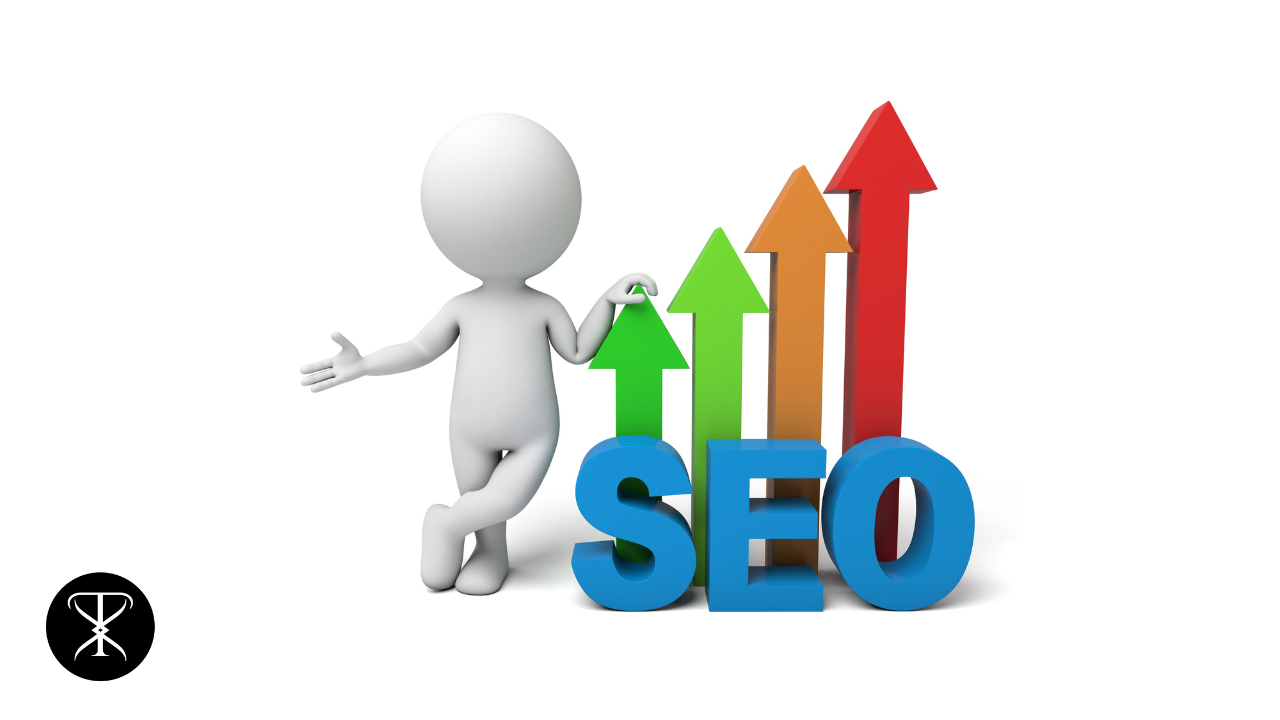| Section | Subsection |
|---|---|
| 1. Introduction | – Understanding Traffic in Digital Marketing |
| – Overview of Organic and Paid Traffic | |
| 2. What is Organic Traffic? | – Definition and Importance |
| – How Organic Traffic Works | |
| – Benefits of Organic Traffic | |
| – Challenges of Building Organic Traffic | |
| 3. What is Paid Traffic? | – Definition and Key Features |
| – Types of Paid Traffic Campaigns | |
| – Advantages of Paid Traffic | |
| – Limitations of Relying on Paid Traffic | |
| 4. Comparing Organic and Paid Traffic | – Cost Implications |
| – Timeframe and Results | |
| – Audience Trust and Credibility | |
| – Control and Flexibility | |
| 5. Integrating Organic and Paid Traffic Strategies | – Creating a Balanced Approach |
| – Case Studies of Successful Integration | |
| 6. Tips for Maximizing Organic Traffic | – SEO Best Practices |
| – Content Marketing Strategies | |
| 7. Strategies for Effective Paid Traffic Management | – Selecting the Right Platforms |
| – Optimizing Ad Spend and ROI | |
| 8. The Future of Organic and Paid Traffic | – Trends and Predictions |
| – Adapting to Changes in Digital Marketing | |
| 9. Conclusion | – Summary of Key Points |
| – Final Thoughts on Choosing Between Organic and Paid | |
| 10. FAQs |
The Ultimate Guide to Understanding the Difference Between Organic Traffic and Paid Traffic: 5 Key Insights
SEO Meta-description: Discover the crucial differences between organic traffic and paid traffic, including their benefits, challenges, and strategies for maximizing digital marketing efforts.
In today’s digital landscape, attracting the right audience to your website is pivotal for success. Two primary sources of web traffic play a crucial role in this endeavor: organic traffic and paid traffic. This article dives deep into the nuances of both, offering insights and strategies to leverage them effectively.
What is Organic Traffic?
Organic traffic refers to visitors who land on your website as a result of unpaid search results. It’s the backbone of a strong digital presence, emphasizing the importance of SEO (Search Engine Optimization) and high-quality content. Benefits include cost-effectiveness and building long-term trust with your audience. However, achieving a steady flow of organic traffic requires patience and consistent effort in optimizing website content and structure.
What is Paid Traffic?
Contrarily, paid traffic involves using paid advertising to attract visitors. Platforms like Google AdWords and Facebook Ads allow businesses to display ads in search results and social media feeds. The main advantage of paid traffic is its immediate impact and scalability. However, it can become costly over time, and the traffic might decrease once the ad campaign ends.
Comparing Organic and Paid Traffic
When comparing the two, consider factors like cost, the timeframe for results, audience trust, and control over targeting. Organic traffic scores high in credibility and cost-efficiency, whereas paid traffic offers quick results and precise targeting options.
Integrating Organic and Paid Traffic Strategies
The most effective digital marketing strategy integrates both organic and paid traffic efforts. This section provides insights into balancing the two for optimal results, including real-world success stories.
Tips for Maximizing Organic Traffic
Maximizing organic traffic involves adhering to SEO best practices and engaging in consistent content marketing. This section covers essential strategies for improving your site’s organic reach.
Strategies for Effective Paid Traffic Management
Effectively managing paid traffic requires choosing the right platforms and optimizing ad spend for the best ROI. This part of the article offers guidance on navigating the paid traffic landscape.
The Future of Organic and Paid Traffic
Stay ahead by understanding the evolving trends in digital marketing. This section explores predictions and how to adapt your strategies accordingly.
Conclusion
Choosing between organic and paid traffic isn’t an either/or scenario. A balanced approach, leveraging the strengths of each, is key to a successful digital marketing strategy.
FAQs
- How does organic traffic improve SEO rankings?
- Can paid traffic influence organic search results?
- How much should I spend on paid traffic?
- How long does it take to see results from organic traffic strategies?
- What are the best tools for tracking and analyzing website traffic?
- How do changes in search engine algorithms affect organic traffic?
The Difference Between Organic Traffic and Paid Traffic: A Comprehensive Insight
In the realm of digital marketing, the battle to capture the attention of potential customers is fierce. Two primary strategies emerge as frontrunners in this quest: organic traffic and paid traffic. Understanding the distinction between these two can significantly impact your marketing strategy’s effectiveness and efficiency. Let’s delve into what sets them apart, their pros and cons, and how to navigate the balance between them for maximum impact.
What is Organic Traffic?
Organic traffic is the holy grail of digital marketing. It refers to visitors who land on your website through unpaid search engine results. This type of traffic is highly valued because it is both cost-effective and indicative of your website’s relevance and authority. The path to increasing organic traffic is paved with SEO efforts, quality content creation, and a user-friendly website design. Despite the time and effort required to cultivate organic traffic, the long-term benefits—such as increased trust from your audience and sustainable growth—make it a worthwhile investment.
What is Paid Traffic?
In contrast, paid traffic is all about immediate visibility and quick results. It involves paying for advertising space on search engines, social media platforms, and other digital spaces to drive traffic to your website. The beauty of paid traffic lies in its ability to target specific demographics, interests, and behaviors, providing a direct pathway to your website for those most likely to convert. However, this strategy requires a continuous investment to maintain traffic flow, and it can quickly become expensive if not carefully managed.
Comparing Organic and Paid Traffic
The core differences between organic and paid traffic can be summarized across several dimensions:
- Cost: Organic traffic is cost-effective in the long run, while paid traffic demands ongoing financial investment.
- Timeframe and Results: Organic traffic builds gradually but offers long-term rewards; paid traffic delivers immediate results but can fluctuate based on budget changes.
- Audience Trust and Credibility: Organic traffic wins in terms of building trust and credibility with your audience, as it is perceived as more authentic. Paid traffic, while effective for quick exposure, does not inherently carry the same level of trust.
- Control and Flexibility: Paid traffic offers more control over targeting and visibility, while organic traffic is at the mercy of search engine algorithms and SEO practices.
Integrating Organic and Paid Traffic Strategies
The most effective digital marketing strategies recognize the value of both organic and paid traffic. By integrating these approaches, you can enjoy the best of both worlds: the credibility and sustainability of organic traffic with the targeted, quick wins of paid traffic. This balanced strategy can lead to a more robust online presence, higher conversion rates, and better overall digital marketing performance.
Conclusion
Understanding the differences between organic and paid traffic is crucial for any digital marketer looking to optimize their online presence. While both have their advantages and challenges, the key to success lies in leveraging each according to your business goals, budget, and timeline. A thoughtful, integrated approach can lead to sustained online growth and a strong return on investment.
References:
- Search Engine Journal – Provides comprehensive insights on SEO and digital marketing strategies. Visit Search Engine Journal
- HubSpot Blog – Offers valuable resources and guides on inbound marketing, sales, and customer service. Visit HubSpot Blog
- Google Ads Help – Official support and learning resource for Google Ads, useful for understanding paid traffic nuances. Visit Google Ads Help
- Moz Blog – Renowned source for SEO tools, resources, and thought leadership. Visit Moz Blog
- Facebook for Business – Official guide for advertising on Facebook, essential for mastering paid social media traffic. Visit Facebook for Business
- Content Marketing Institute – Leading training and resource site for content marketing strategies. Visit Content Marketing Institute
- Neil Patel’s Blog – Offers cutting-edge tips and strategies for digital marketing, SEO, and content marketing. Visit Neil Patel’s Blog
- Search Engine Land – Provides the latest news and strategies in search engine marketing (SEM) and search engine optimization (SEO). Visit Search Engine Land






